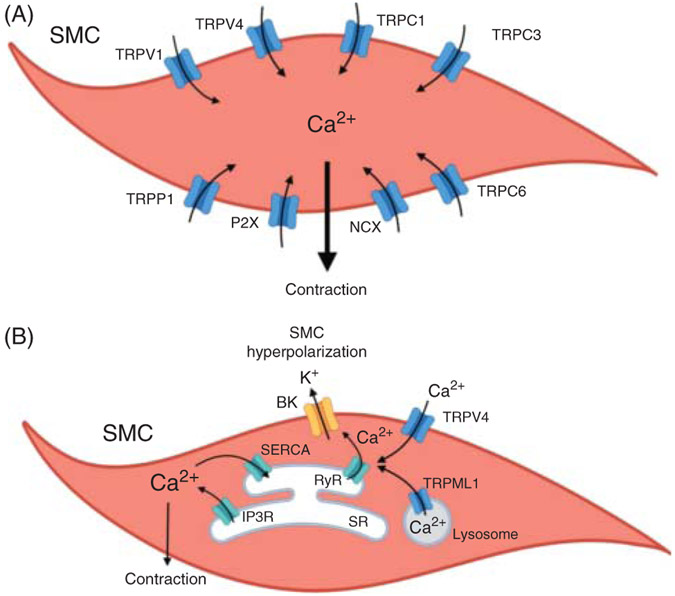Figure 3. Regulation of vascular smooth muscle cell (SMC) contractility by non-voltage-gated Ca2+ entry mechanisms.
(A) Activation of purinergic P2X receptor, TRPV4, TRPV1, TRPP1, TRPC3, and TRPC6 channels, and NCX in reverse mode increases SMC intracellular Ca2+, leading to vasoconstriction. (B) Ca2+ release from endolysosome via TRPML1 channel, or Ca2+ entry through TRPV4 channel at the plasma membrane activates ryanodine receptors (RyRs), triggering Ca2+ release signals (Ca2+ sparks) from the sarcoplasmic reticulum (SR). Ca2+ sparks activate large-conductance Ca2+-activated potassium (BK) channels. BK channels hyperpolarize the SMC membrane and cause vasodilation. Ca2+ release through IP3R induces SMC contraction. Sarco-endoplasmic reticulum Ca2+-ATPase (SERCA), by sequestering cytoplasmic Ca2+ back into the SR, maintains low cytosolic Ca2+ concentration. TRPV, TRPP, TRPC, TRPML, members of transient receptor potential channel family; NCX, Na+/Ca2+ exchanger.

